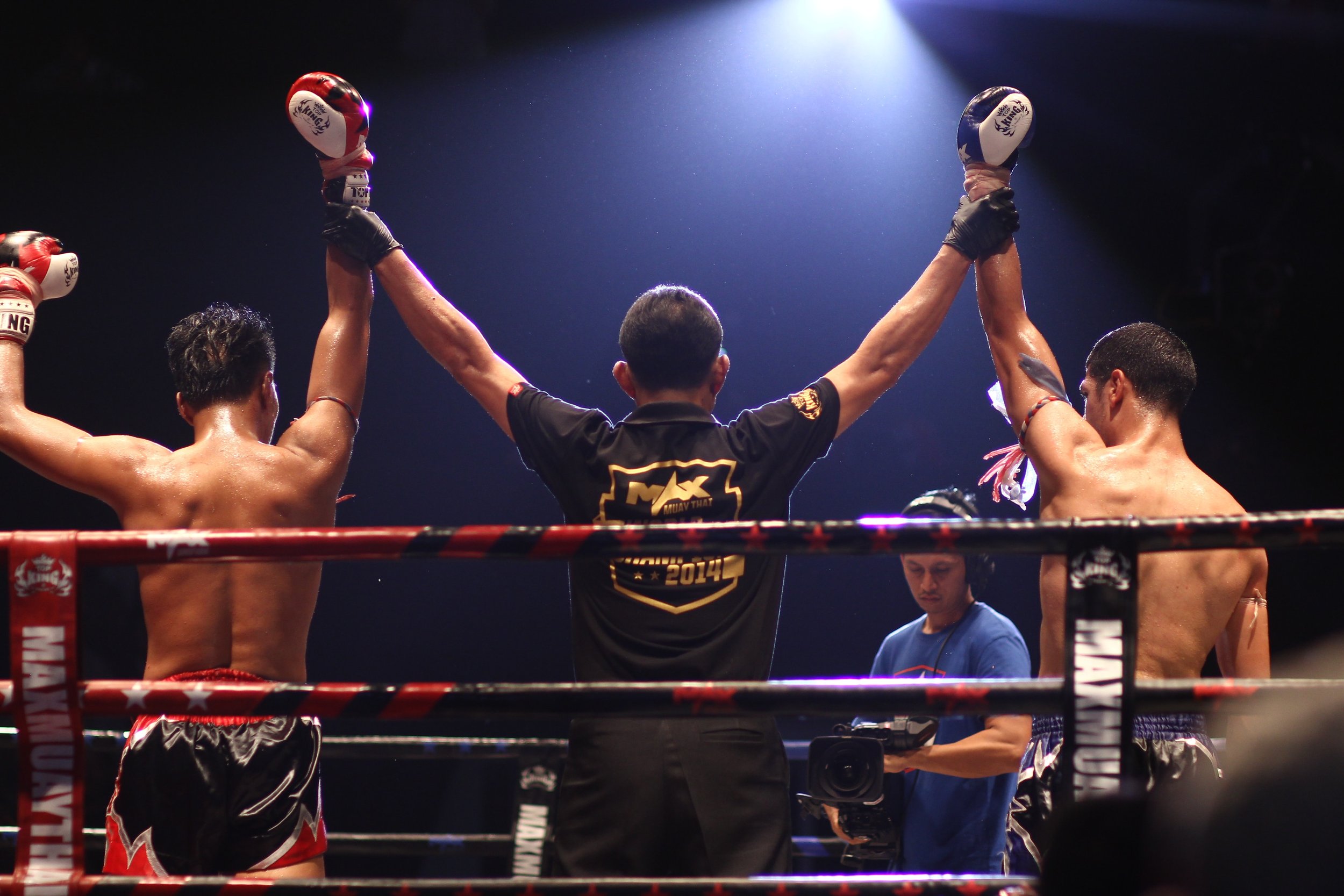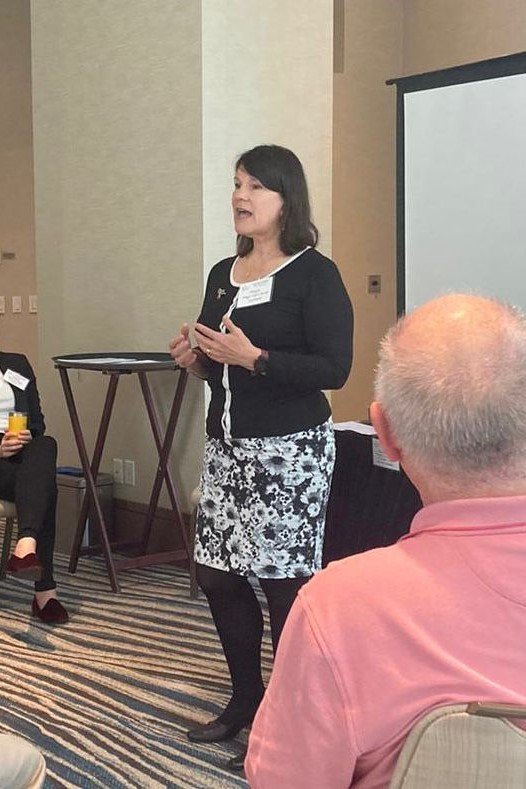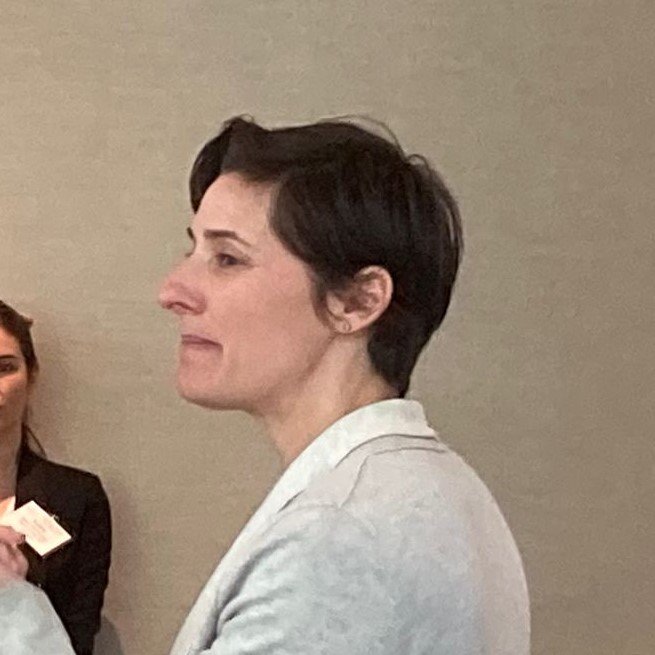I was recently reminded, on the anniversary of her death, of something Maeve Binchy once said. Binchy was an enormously successful author and journalist, and had a reputation for being approachable, generous and kind even after her rise to fame and fortune.
She was born in Dalkey, in South Dublin, and started her career as a teacher. One summer some parents of her students at a Jewish school in Dublin gave her a trip to Israel as a present, and her own parents were so impressed by her letters home that they submitted them to the Independent. She continued travel writing, and then joined the Irish Times as a journalist. A decade later she published two collections of short stories, and then her first novel, for which she was paid a record sum. Her success continued, and she became well known and loved the world over, selling over 40 million copies of her books during her lifetime.
She was also known for her reflections on life, and her words of advice are widely quoted. One of my favourites is: “Success is not like a cake that needs to be divided. It’s more like a heap of stones – a cairn. If someone is successful, they add a stone to the cairn.”
I love this quote, as it rails against the all-too-common temptation for comparison. It is so easy to allow your own success to be blighted by that of others, whether it’s comparing your career trajectory to those of your schoolmates, or as simple as feeling flat about good feedback at work because a colleague also received praise. There is space for all of us to do well, and success is sweeter when shared and celebrated with others.
Binchy’s reputation for generosity certainly ties in with this approach. After her death, family, friends and colleagues told stories of her having shared her fortune with them, and it was said that she made an effort to respond to everyone who sent her a plea for help.
In another of her most famous quotes, Binchy advised: “Don’t agonise. Don’t regret. Don’t fuss. Never brood. Move on.” In reality it can be much more difficult to follow this advice than Binchy’s no-nonsense delivery suggests, but nonetheless, it is certainly something to aim for!













